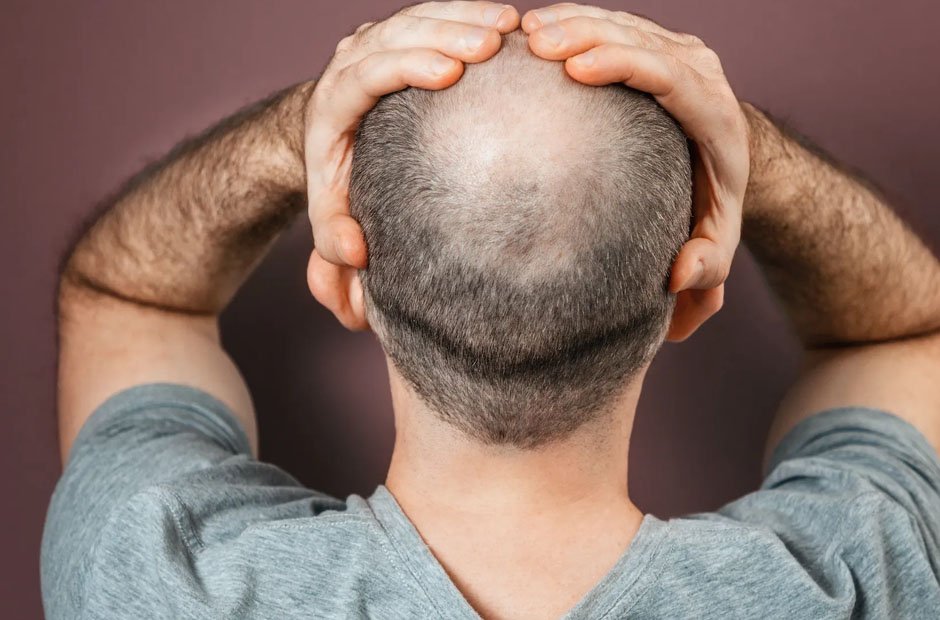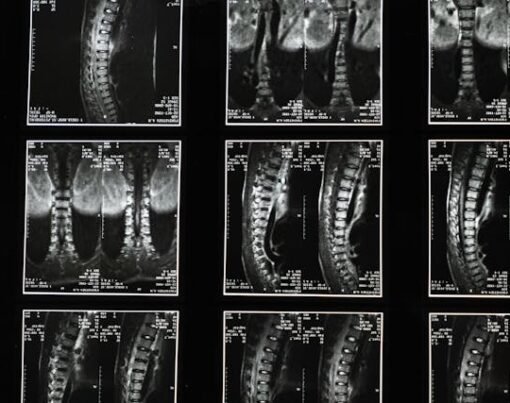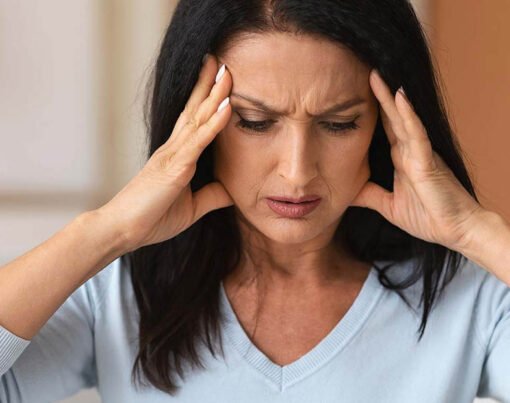For most men, their thirties symbolise financial freedom, security, and responsibility; however, for others, it means routinely checking your hairbrush/pillow for excess hair. Androgenetic alopecia, more colloquially referred to as male pattern baldness, is a common worry for most men entering their mid-thirties, affecting around 7.4 million men in the UK.
It is characterised by gradually thinning hair at the crown of the head or a receding hairline and can significantly impact confidence and self-esteem. But this begs the question, why are men so prone to hair loss, and what can be done about it? If you’ve been asking yourself the same questions, you’re in luck!
In this article, we discuss the factors contributing to hair loss in males and the various treatment options available, from medical intervention to over-the-counter treatments like Minoxidil. So, whether you’re suffering from early symptoms of male pattern baldness or are simply interested in the science behind it – keep reading as we explore this condition further.
What Causes Male Pattern Baldness?
As we age, everyone, regardless of gender, background, etc., experiences natural thinning of the hair; however, some experience it much sooner in life (as young as eighteen!) in extreme cases. Sadly, most of those affected are a part of the male population, which scientists believe is mainly due to genetics, resulting in an inherited thinning crown or receding hairline.
However, while one of the most prevalent causes of hair loss in men, genetics is not the only factor that can contribute to male pattern baldness. Age, hormones, health, and stress are also thought to contribute to male pattern baldness, although more research is needed to determine what causes the condition.
So, how does genetics cause hair loss?
Genetic hair loss causes sensitivity to a testosterone by-product named dihydrotestosterone (DHT). Since hair follicles that are naturally sensitive to DHT shrink over time, the longevity of each hair is reduced until it eventually stops producing hair altogether. As the amount of hair being made is reduced, the common hair loss symptoms start appearing, such as thinning, patchiness, etc.
Can Anything Be Done To Treat Male Pattern Baldness?
While male pattern baldness cannot be prevented, if you’re proactive with medication and treatments, there are ways to slow it down and the amount of permanent damage it will cause. So, if you’ve started noticing excess hair on your pillow, between the teeth of your hairbrush, or the hair on your head isn’t as full as it used to be, it’s best to act as fast as possible.
Thankfully, many treatments (including medical intervention and over-the-counter options) aim to reverse the effects of hair loss and replace lost hair. Some of the most popular include the following:
- Laser Treatment – Although one of the most recently developed treatments on our list, low-level laser therapy can help improve blood circulation in the scalp to stimulate hair growth. While research is quite limited on this treatment, recent studies have shown encouraging results, and since it’s more cost-efficient than hair transplant surgery, more and more men affected by male pattern hair loss have been open to trying it.
- Hair Transplant Surgery – As of this writing, there are two types of hair transplant surgeries to pick and choose from follicular unit transplantation (FUT) or follicular unit extraction (FUE). Depending on which type of surgery you select, your surgeon will remove a piece of skin where hair is still growing and insert it into parts of the scalp where hair growth is affected or take individual hair follicles and put them into holes in the scalp where hair isn’t growing. While effective, this type of treatment can be costly, making it not a feasible option for all affected with male pattern baldness.
- Prescription/Over-The-Counter Medications – You can get prescription and over-the-counter medications for hair loss, with two of the most popular drugs being Finasteride and Minoxidil. Finasteride is typically prescribed in a pill format, while Minoxidil is a topical treatment available over-the-counter from brick-and-mortar and online pharmacies like Oxford Online Pharmacy. If you’d like to learn more about the different medications used to treat hair loss, consider visiting their website or contacting them directly for specific inquiries.
Is There Anything That Can Be Done To Prevent Male Pattern Baldness?
Since male pattern baldness is commonly inherited in most cases, it cannot be prevented, only slowed by treatment and surgical intervention. However, while it cannot be wholly prevented, you must be proactive with your approach and start treatment as soon as you begin to experience the early symptoms of male pattern baldness.
While it is near-impossible to prevent male pattern baldness without surgical input, there are several lifestyle changes you could consider implementing to slow down the rate of hair loss and reduce its effects. To keep your hair in the state you’re used to it being, you could consider implementing the following lifestyle changes:
- Quit Smoking – If you’re a smoker and have a history of male pattern baldness in your family, not only should you consider quitting for the benefit of your overall health and the longevity of your hair. Smoking has long been renowned for changing people’s appearance, but only recently have researchers discovered a link between tobacco consumption and early-onset baldness. Since tobacco damages your DNA, it can also corrupt the cells responsible for growth, making you more prone to hair loss.
- Switch Medication – Depending on your medical history, some of the existing medications you’re taking could affect your hair loss rate. If you feel this could be feasible, talk to your GP as soon as possible so they can switch you to a more appropriate medication that won’t cause severe side effects.
- Lower Your Stress Levels – While hair loss caused by stress is only temporary, if you don’t work on managing your stress levels, then the damage caused by it can be permanent. Fortunately, if you’re prone to stress, there are multiple ways that you can manage it, from meditation, breathing exercises, cutting back on alcohol, spending time with friends, and much more.
- Massaging Your Scalp – According to a small study, massaging your scalp regularly can promote fuller hair. Using your fingers for just four minutes twice a day is thought to encourage blood circulation because the action causes the skin on your scalp to stretch, stimulating the follicles to grow fuller, thicker hair. Plus, it’s also thought to help dilate blood vessels underneath the scalp, which can also encourage the rate of hair growth. You can do this using your fingers or by buying massage tools to stimulate the feel of your fingers.
- Eat A Balanced Diet – A nutritious, well-balanced diet can affect various bodily functions, from reducing your risk of specific diseases, how you feel and even the appearance of your hair! Some diets/foods or nutritional deficiencies can affect the overall health of your scalp and hair, which could contribute to hair loss further down the line. For instance, consuming a lot of simple carbohydrates such as refined sugars and grains could make you more susceptible to hair loss due to the inflammation it causes. On the other hand, if you eat a diet that comprises many nutrient-rich foods such as olives, vegetables, fruits etc., hair health is more likely to be promoted, and the risk of hair loss is reduced.










